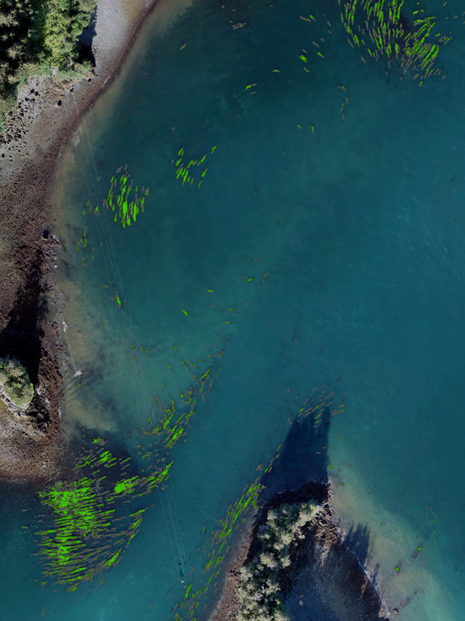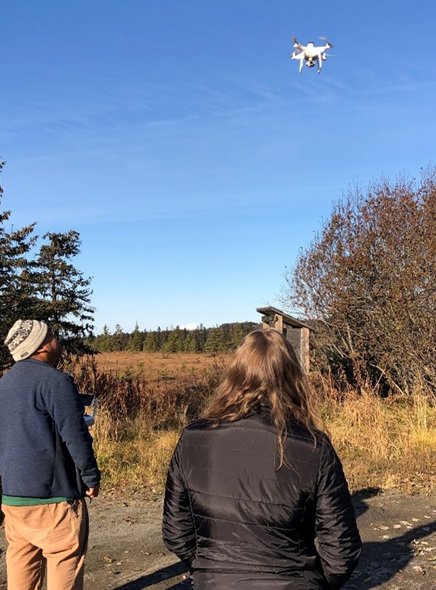Our scientists are showing Estuary Love from multiple angles! A new project is using unoccupied aircraft systems, remotely operated underwater vehicles, and SCUBA surveys to map ecosystems in Alaska’s Kachemak Bay and Cook Inlet. These nearshore areas host a variety of marine habitats, including kelp forests, seagrass meadows, and salt marshes, which are important sources of food, shelter, and services that support diverse ecosystems. Dive deeper into this project for details:


